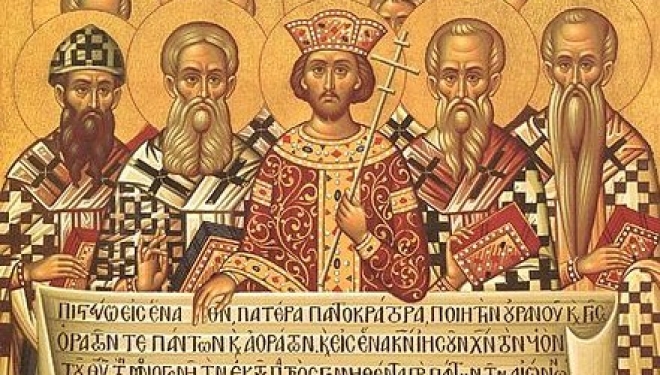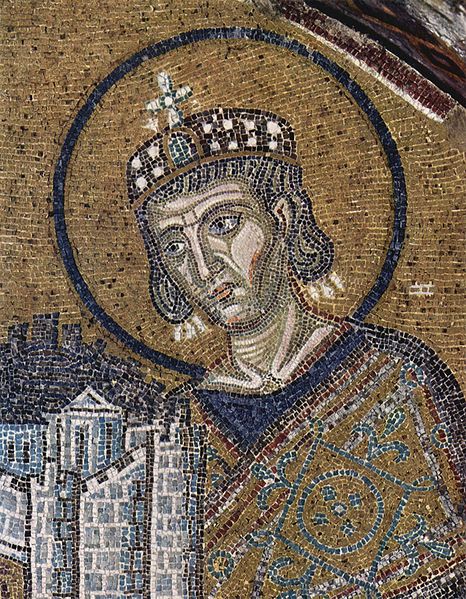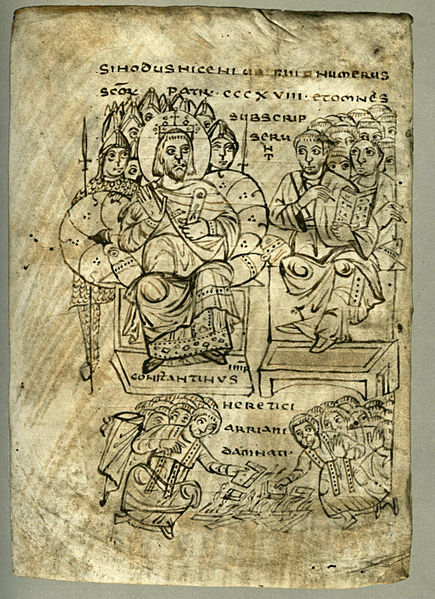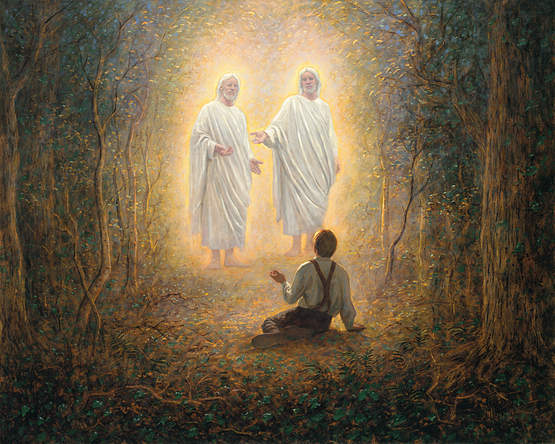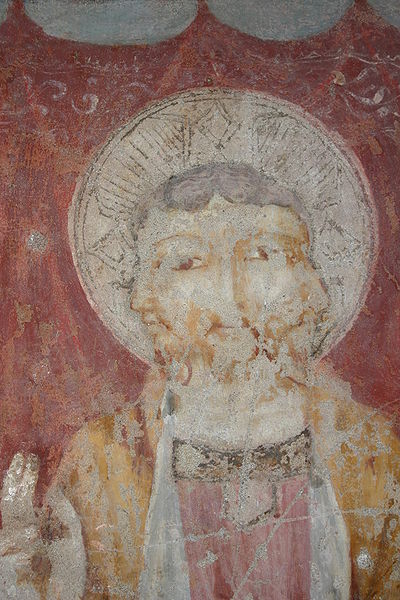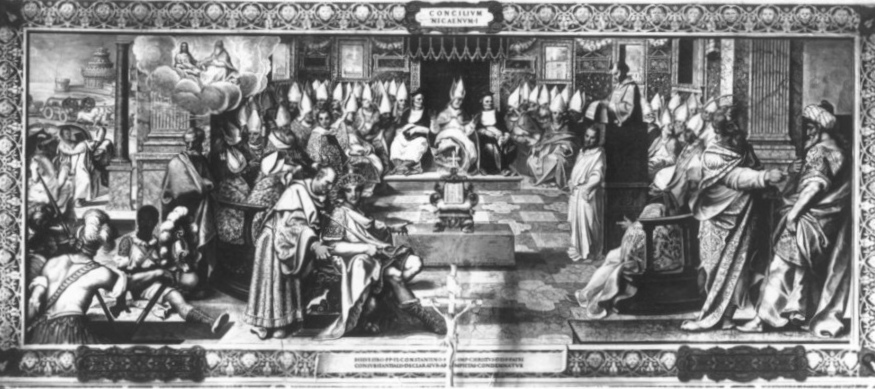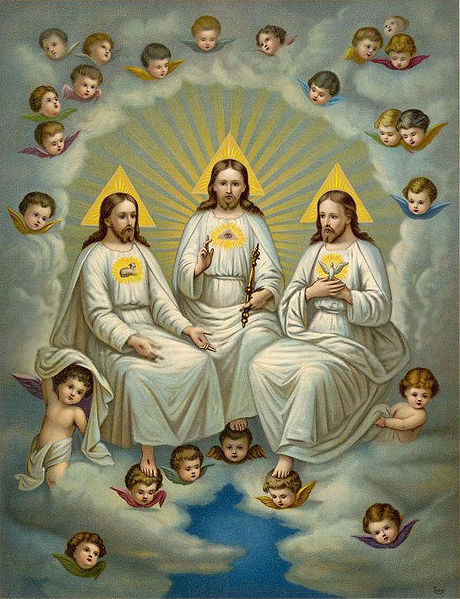Some Christians say, “Mormons are not Christians.” They’re offended that Mormons claim to be Christian. I understand why they think I’m not a Christian. And I’m ok with that —
If they want to call me Mormon, that’s fine. But let’s just take a look at why Mormons consider themselves to be more like 1st century Christians — those of the Apostolic Age (from Jesus to the end of the Apostles — called the Primitive Church.)
Most Christians believe in the Christian dogma of the 4th century — The Nicene Creed of 325 AD. Mormons don’t follow that creed. And that’s part of the rub.
Here’s an example: 1st century Christians believed in a God that was a separate Being from Jesus; 4th century Christians adopted the creed of the Holy Trinity — that God the Father, Jesus Christ and the Holy Spirit are one-being, one in-essence, co-existing.
This Trinity, three Gods in one, was adopted in 325 AD — at the Nicene Council. Under the Roman Emperor, Constantine, where the First Council of Nicaea convened to decide what Christians should believe. The Emperor wanted a universal creed; he invited 1800 bishops from the Roman Empire — about 220 – 318 showed up.
Many bishops at the council did not agree with the creed, but they were out-voted and voted out. Those not following the creed were excommunicated and the books that contained these teachings were burned and those possessing those books were to be executed — that’s right, executed.
Differing interpretations of the Scriptures were not accepted. The following christological doctrines were condemned as heresies: Ebionism, Docetism,Basilidianism, Alogism or Artemonism, Patripassianism, Sabellianism, Arianism, Apollinarianism, Nestorianism, Eutychianism, Monophysitism, and Monothelitism.
Ditto some Christians today. No differing interpretation of the scriptures or you are not Christian, you are exiled.
The Church of Jesus Christ of Latter-Day Saints believes that God the Father, Jesus Christ and The Holy Ghost or Holy Spirit are three separate Beings with one purpose. They believe that God has a tangible body, as does his son Jesus Christ; the Holy Ghost is a personage of spirit
Some Christians want to excommunicate Mormons because they interpret the scriptures more like the earlier, 1st century Christians. But hopefully, as a society we have moved on from the year 325 AD when the Emperor Constantine enforced what it meant to be Christian.
Most Christians today believe in the Trinity — the three Gods in One, illustrated in this medieval fresco:
Comparing LDS Beliefs With First Century Christianity

